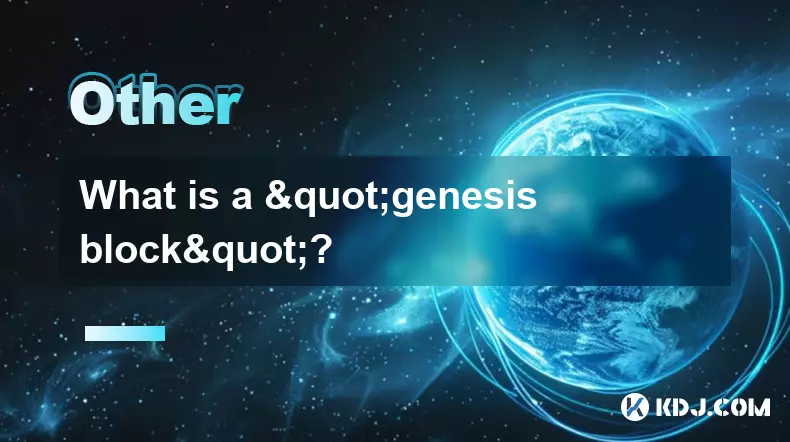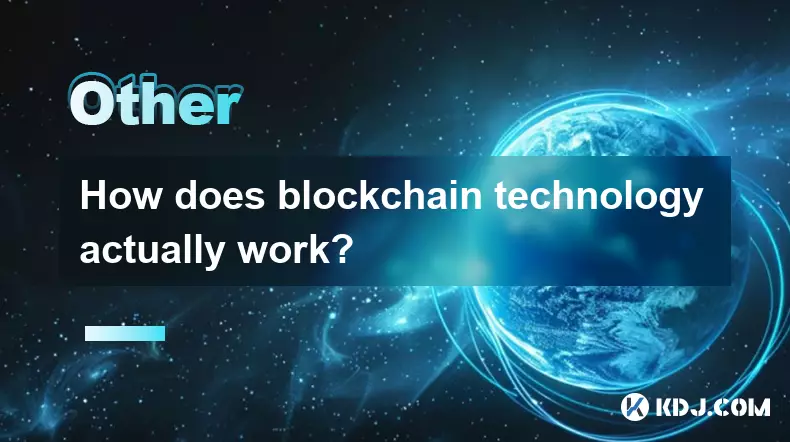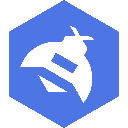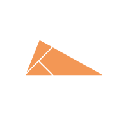-
 bitcoin
bitcoin $99177.955738 USD
-7.32% -
 ethereum
ethereum $3187.183061 USD
-12.38% -
 tether
tether $0.999809 USD
0.00% -
 xrp
xrp $2.117933 USD
-9.42% -
 bnb
bnb $906.710033 USD
-9.17% -
 solana
solana $149.367737 USD
-10.74% -
 usd-coin
usd-coin $0.999816 USD
0.01% -
 tron
tron $0.281498 USD
-0.38% -
 dogecoin
dogecoin $0.156292 USD
-8.00% -
 cardano
cardano $0.500744 USD
-10.19% -
 hyperliquid
hyperliquid $38.087358 USD
-4.58% -
 chainlink
chainlink $14.097831 USD
-8.54% -
 bitcoin-cash
bitcoin-cash $463.329916 USD
-9.22% -
 ethena-usde
ethena-usde $0.999078 USD
-0.01% -
 unus-sed-leo
unus-sed-leo $9.475862 USD
-0.79%
how to timestamp blockchain
Timestamping blockchain transactions empowers individuals and businesses to establish the chronology of events with assurance, leveraging the immutable and verifiable nature of blockchain technology for enhanced data integrity and proof of existence.
Nov 02, 2024 at 09:46 am

Timestamping Blockchain Transactions: Enhancing Data Integrity and Proof of Existence
What is Timestamping?
Timestamping is the process of adding a trusted, verifiable, and undeniable timestamp to a digital document or transaction. In the context of blockchain, timestamping plays a crucial role in establishing the chronology of events and providing proof of existence.
How Blockchain Timestamps Data
- Hashing: The data to be timestamped is first hashed using a secure algorithm, such as SHA-256. This produces a unique digital fingerprint, making it impossible to tamper with the data without invalidating the hash.
- Embedding in Block: The hash is embedded into a new block on the blockchain network. The block also includes the timestamp, which is generated by the network consensus mechanism.
- Validation and Immutability: The timestamping service validates the hash and timestamp, ensuring they match and have not been altered. Once added to the blockchain, the block becomes immutable, providing a tamper-proof record of the timestamp.
Benefits of Timestamping Blockchain Transactions
- Proof of Existence: Timestamps provide irrefutable proof that a transaction or document existed at a specific time. This is crucial for establishing legal rights, preserving intellectual property, and settling disputes.
- Improved Data Integrity: Timestamps help prevent tampering by confirming the date and time of a transaction. If anyone attempts to alter the data, the timestamp will no longer match, exposing the alteration.
- Audit Trail: With timestamps, it is possible to create a complete and verifiable record of all changes made to a blockchain transaction or document. This enhances accountability and reduces the risk of fraud.
- Simplified Dispute Resolution: In case of any disputes, timestamps provide a clear timeline of events, helping to resolve conflicts quickly and fairly.
Applications of Blockchain Timestamping
- Digital Signatures: Verify the authenticity and integrity of digital documents by adding a timestamp to the digital signature.
- Smart Contracts: Execute smart contracts based on specific times or dates using blockchain timestamps.
- Data Provenance: Track the origin and history of data to establish its credibility and reliability.
- Intellectual Property Protection: Prove the existence of intellectual property at a specific time, protecting against unauthorized copying or distribution.
- Blockchain Exploration: Timestamps enable the analysis of blockchain data to identify patterns, trends, and anomalies.
Conclusion
Timestamping blockchain transactions is a powerful tool that enhances data integrity, provides proof of existence, and simplifies dispute resolution. By leveraging the immutable and verifiable nature of blockchain technology, timestamping enables businesses and individuals to establish the chronology of events with confidence and transparency.
Disclaimer:info@kdj.com
The information provided is not trading advice. kdj.com does not assume any responsibility for any investments made based on the information provided in this article. Cryptocurrencies are highly volatile and it is highly recommended that you invest with caution after thorough research!
If you believe that the content used on this website infringes your copyright, please contact us immediately (info@kdj.com) and we will delete it promptly.
- XRP ETF Race Heats Up: FTI Filing Sparks November Launch Buzz
- 2025-11-05 18:45:01
- Crypto's US Liquidity Crisis: Bitcoin's Wild Ride and What's Next
- 2025-11-05 19:00:02
- ICP Price Trendline Breakout: Eyes on $10 Upside Target?
- 2025-11-05 17:25:01
- Bitcoin Price Dive: Market Sell-Off and Crypto Rollercoaster
- 2025-11-05 17:25:01
- Bitcoin's Bearish Blues: Analysts Assess the Downturn
- 2025-11-05 17:30:01
- Momentum, Hype, Launch: Riding the Crypto Rollercoaster, NYC Style
- 2025-11-05 17:30:01
Related knowledge

What is a block explorer and how do you use it?
Oct 24,2025 at 12:36am
What Is a Block Explorer?1. A block explorer is a web-based tool that allows users to view and analyze data on a blockchain network in real time. It f...

What is the "hash rate" of a blockchain network?
Oct 10,2025 at 03:55pm
Understanding Hash Rate in Blockchain Networks1. The hash rate refers to the total computational power being used to process transactions and mine new...

What is a "genesis block"?
Oct 15,2025 at 07:55pm
Understanding the Genesis Block in CryptocurrencyThe genesis block is the very first block in a blockchain network. It serves as the foundation upon w...

Who is Satoshi Nakamoto?
Oct 15,2025 at 01:01pm
Who is Satoshi Nakamoto?1. Satoshi Nakamoto is the pseudonymous individual or group credited with creating Bitcoin, the first decentralized cryptocurr...

How does blockchain technology actually work?
Oct 11,2025 at 02:36pm
Understanding the Core Mechanism of Blockchain1. At its foundation, blockchain is a decentralized digital ledger that records transactions across mult...

What is a token economy?
Sep 20,2025 at 12:18am
Understanding the Foundations of a Token Economy1. A token economy in the context of cryptocurrency refers to a system where digital tokens are used a...

What is a block explorer and how do you use it?
Oct 24,2025 at 12:36am
What Is a Block Explorer?1. A block explorer is a web-based tool that allows users to view and analyze data on a blockchain network in real time. It f...

What is the "hash rate" of a blockchain network?
Oct 10,2025 at 03:55pm
Understanding Hash Rate in Blockchain Networks1. The hash rate refers to the total computational power being used to process transactions and mine new...

What is a "genesis block"?
Oct 15,2025 at 07:55pm
Understanding the Genesis Block in CryptocurrencyThe genesis block is the very first block in a blockchain network. It serves as the foundation upon w...

Who is Satoshi Nakamoto?
Oct 15,2025 at 01:01pm
Who is Satoshi Nakamoto?1. Satoshi Nakamoto is the pseudonymous individual or group credited with creating Bitcoin, the first decentralized cryptocurr...

How does blockchain technology actually work?
Oct 11,2025 at 02:36pm
Understanding the Core Mechanism of Blockchain1. At its foundation, blockchain is a decentralized digital ledger that records transactions across mult...

What is a token economy?
Sep 20,2025 at 12:18am
Understanding the Foundations of a Token Economy1. A token economy in the context of cryptocurrency refers to a system where digital tokens are used a...
See all articles










































































